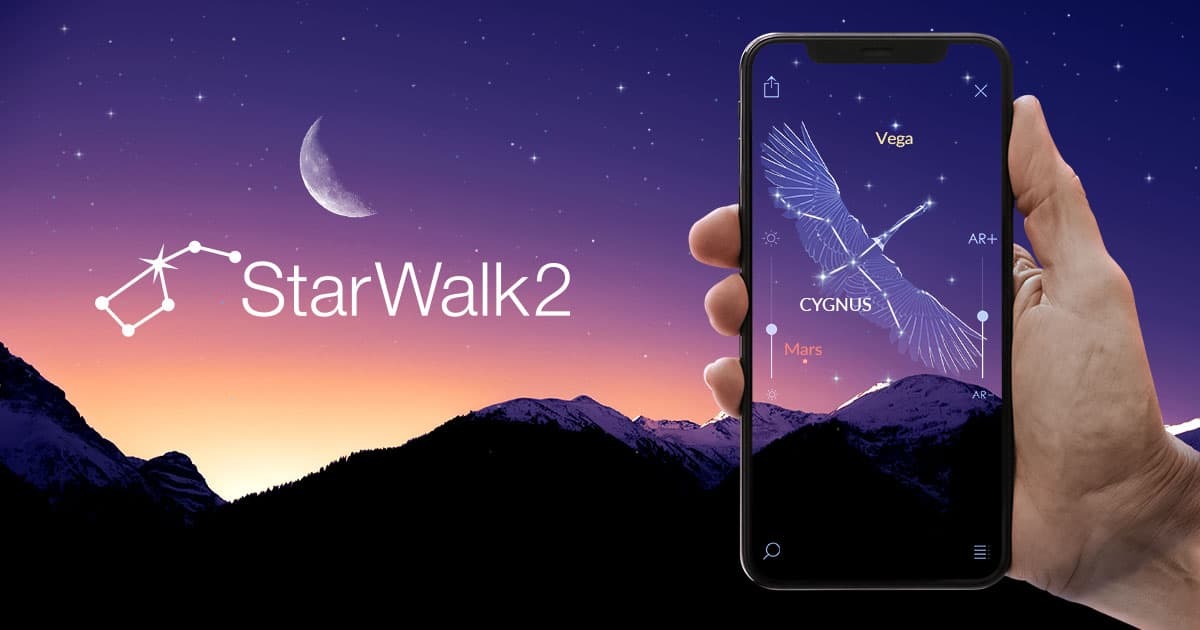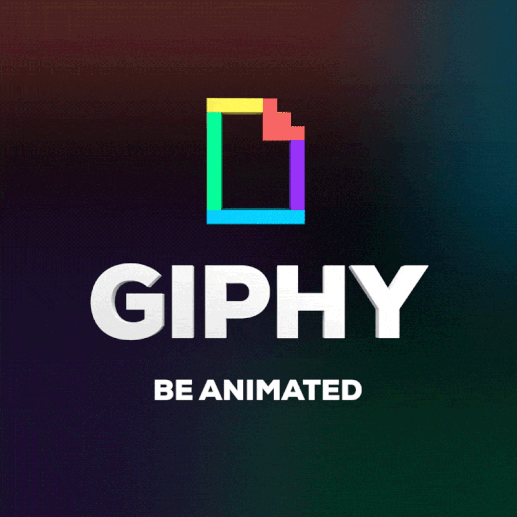Introduction
In the ever-evolving landscape of technology, Augmented Reality (AR) has emerged as a cornerstone in enhancing user experiences across various industries. As we step into 2024, AR technology continues to expand its influence, especially in mobile app development. This guide aims to provide a comprehensive overview of AR mobile app development, highlighting its market dynamics, the development process, cost implications, popular AR apps, and concludes with actionable insights.
Augmented Reality overlays digital content onto the real world, offering users an immersive and interactive experience. Its application ranges from gaming and entertainment to education, healthcare, and retail, demonstrating its versatility and potential to revolutionize how we interact with our surroundings.
AR Apps Market Overview
The global AR market size is not just growing; it's booming. Analysts project the AR market to reach upwards of $50 billion by the end of 2024, a testament to its rapidly increasing adoption across various sectors. This growth is fueled by the continuous enhancements in AR technology, making it more accessible and effective for consumer and enterprise applications alike. Businesses recognize this opportunity, leading to an increase in AR app investments to enhance customer engagement, operational efficiency, and product offerings.
Industry-specific growth
- Retail and e-commerce: AR is revolutionizing the shopping experience by allowing consumers to visualize products in their own space before making a purchase. This not only enhances customer satisfaction but also reduces return rates. The AR in retail market is expected to grow substantially, with predictions suggesting it could account for up to $1.6 billion of the AR market by 2025.
- Education and training: AR's impact on education and training is profound, offering interactive and immersive learning experiences. The market for AR in education is projected to exceed $5.3 billion by 2023, highlighting its potential to transform traditional learning methodologies.
- Healthcare: In healthcare, AR is enhancing patient care and surgeon training. The AR healthcare market is anticipated to reach over $4 billion by 2023, driven by applications in surgery simulation, patient education, and rehabilitation.
- Gaming and entertainment: The gaming sector remains a significant contributor to the AR market's growth. Games like Pokémon GO have demonstrated the mass appeal of AR, contributing to a projected AR gaming market size of $11.6 billion by 2025.
- Automotive: AR is revolutionizing the automotive industry by enhancing the driver experience with heads-up displays and interactive manuals. The market for AR in automotive is anticipated to grow at a CAGR of 17.6% from 2020 to 2025.
- Real estate and interior design: AR allows potential buyers to visualize properties and make informed decisions remotely. The real estate AR market is set to reach $2.6 billion by 2025, transforming property marketing and sales strategies.
Investment and development trends
Investment in AR technology is soaring, with tech giants and startups alike pouring resources into AR development. This investment is not just in app development but also in underlying technologies such as AR glasses and headsets, which are expected to play a crucial role in the future of AR.
The AR market's growth is significantly influenced by investments from tech giants, especially with Apple's launch of the Apple Vision Pro. These investments underscore the industry's confidence in AR's transformative power and its potential to innovate and widen adoption. Major players entering the AR space are accelerating technological progress, emphasizing AR's role in enhancing customer experiences and operational efficiencies. This surge of investment is shaping a future where AR becomes a staple in daily life.
How To Create an AR App
Creating an Augmented Reality (AR) app involves a blend of creativity, technical skill, and a deep understanding of user engagement dynamics. As we explore the intricacies of developing an AR app in 2024, it's crucial to navigate through each step with precision and innovation. This expanded guide outlines a comprehensive approach to AR app development, incorporating the latest trends and technologies.
Ideation and conceptualization
- Market research: Begin with thorough market research to identify gaps and opportunities within the AR app landscape. Analyze competitors and understand the needs and preferences of your target audience. This phase is crucial for validating your app idea and ensuring it has a unique value proposition.
- Concept development: Define the core concept of your AR app. What problem does it solve? How does it enhance the user's reality? Establishing a clear and compelling concept is the foundation of a successful AR app.
Technology selection and platform decisions
Selecting the right technology stack and development platform is a cornerstone in crafting Augmented Reality (AR) apps, affecting everything from user experience to cross-platform compatibility. A nuanced understanding of both the AR hardware landscape and the available software frameworks is essential for informed decision-making.
Hardware considerations
- Smartphones and tablets: The primary vehicles for consumer AR, utilizing ARKit for iOS devices and ARCore for Android. These platforms require optimization for varying camera qualities and sensor accuracies.
- Immersive AR/MR experiences: Apple Vision Pro leverages visionOS and ARKit to deliver immersive augmented reality experiences, setting a benchmark for quality in the high-end segment. Meta Quest and Microsoft HoloLens, both offer unique mixed reality and spatial computing capabilities. While Meta Quest is versatile, catering to gaming and social experiences, Microsoft HoloLens is more oriented towards professional and industrial applications with its advanced holographic technology. Magic Leap stands out for its specialized focus on creating immersive mixed reality experiences across various sectors such as entertainment, healthcare, and enterprise solutions, showcasing the breadth of AR's potential beyond consumer tech.
- AR-enhanced social media engagement: Snap Spectacles designed with social media enthusiasts in mind, these glasses are optimized for creating and sharing content directly on Snapchat, offering a unique, first-person perspective. Ray-Ban Stories Smart Glasses in collaboration with Meta, these smart glasses are tailored for users looking to seamlessly integrate their digital and physical lives. With features for capturing photos and videos, making hands-free calls, and audio streaming, they connect users with Facebook services, enhancing everyday social interactions.
Technologies considerations
- Unity: Unity is a powerhouse in AR development, favored for its robust support for ARKit and ARCore through the AR Foundation. It's the go-to choice for developers aiming to build immersive AR experiences, thanks to its extensive library of assets, comprehensive tools for 3D modeling, and a supportive developer community. Unity is particularly suited for creating complex AR games and applications that require intricate interactions and high-quality visuals.
- Unreal Engine: Unreal Engine is renowned for its exceptional graphical capabilities, making it ideal for AR projects that demand the highest visual fidelity and real-time rendering. With its visual scripting system, Unreal Engine allows developers to construct detailed AR experiences without deep coding expertise. It's a preferred framework for applications where visual quality and intricate animations are paramount.
- Flutter: While Unity and Unreal Engine dominate the AR landscape, particularly for high-fidelity gaming and complex interactive experiences, Flutter is emerging as a compelling alternative for cross-platform AR app development. Flutter's ecosystem includes packages such as
ar_flutter_pluginfor ARCore and ARKit, facilitating the creation of AR content within Flutter apps. Flutter is establishing itself as a formidable option for those prioritizing cross-platform development, speed to market, and UI customization, especially for apps that benefit from a wide device reach and faster development timelines.
Designing for UX and UI

- User-centered design: AR app design should prioritize user experience, making it intuitive and engaging. This involves crafting user flows that seamlessly integrate AR features without overwhelming the user.
- UI considerations: The interface should complement the AR experience, with minimalistic design elements that do not distract from the augmented content. Use of spatial audio, haptic feedback, and visual cues can enhance the immersion and intuitiveness of your app.
Development and testing
- Prototyping: Develop a prototype to visualize and test the core functionality of your app. This step can save time and resources by identifying potential issues early in the development process.
- Agile development: Adopt an agile development methodology, allowing for iterative testing and feedback incorporation. This approach facilitates flexibility and continuous improvement throughout the development cycle.
- Quality assurance: Rigorous testing is essential to ensure the app’s stability, performance, and usability. This includes testing for different lighting conditions, distances, and angles in AR scenarios to guarantee a robust user experience.
Deployment and post-launch support

- Launch strategy: Develop a comprehensive launch strategy that includes beta testing with a target audience, marketing to build anticipation, and a clear plan for app store submission and approval processes.
- Continuous support and updates: Post-launch, gather user feedback and monitor app performance to address any issues promptly. Regular updates not only fix bugs but also offer new features and improvements to keep the app relevant and engaging.
Monetization and scaling
- Monetization strategy: Consider various monetization strategies such as in-app purchases, subscription models, or advertising. The strategy should align with user expectations and the app’s value proposition.
- Scaling: As your app gains traction, plan for scaling, considering cloud services for AR content management and analytics tools to understand user behavior and preferences.
How Much Does It Cost to Develop an AR App

The cost of developing an Augmented Reality (AR) app can vary significantly based on the app's complexity, the features included, and the development timeline. To provide a clearer picture, let's break down the cost from the perspective of three levels of app complexity: basic, intermediate, and advanced.
Basic AR apps
Features:
- Simple AR visualizations (e.g., image overlay).
- Basic user interaction (tap actions, basic animations).
- Limited content integration (single or few AR objects).
- No backend integration or minimal cloud storage.
Development timeline: 2-3 months.
Cost estimate: $5,000 to $20,000.
Basic AR apps are ideal for small-scale projects or proof-of-concept applications. The development focuses on straightforward AR experiences, such as simple visualizations or interactive marketing tools. Due to their simplicity, these apps require less development time and are the most cost-effective option.
Medium AR apps
Features:
- Advanced AR functionalities (object recognition, spatial tracking).
- Interactive user experiences (gesture recognition, interactive AR scenes).
- Moderate content complexity (multiple AR objects, animations).
- Basic backend integration (user accounts, progress tracking).
Development timeline: 3-8 months.
Cost estimate: $20,000 to $50,000.
Medium AR apps offer more complex AR experiences and are suitable for sectors like education, retail, and marketing. These apps incorporate more sophisticated AR features, such as object recognition and spatial tracking, requiring more development effort and, consequently, a higher investment.
Complex AR apps
Features:
- High-end AR capabilities (real-time environmental understanding, complex user interactions).
- Comprehensive content integration (dynamic AR content, high-quality 3D models).
- Full backend integration (data analytics, user management, cloud storage).
- Multi-platform support (iOS, Android, possibly AR glasses).
Development timeline: 8+ months.
Cost estimate: $50,000 to $100,000+.
Complex AR apps are at the forefront of AR technology, pushing the boundaries of what's possible. They are often utilized in complex projects across industries like gaming, healthcare, and real estate. These applications demand extensive development expertise, sophisticated AR features, and robust backend systems to manage and deliver complex AR content seamlessly across multiple platforms. The development of such apps not only requires a longer timeline but also a significant financial investment due to the complexity and the high level of customization involved.
Factors influencing cost
Several factors can influence the cost of AR app development, including but not limited to:
- Development team: The geographical location and expertise level of the development team can significantly impact the cost.
- Customization level: Higher customization demands more development hours, increasing the cost.
- Maintenance and updates: Post-launch support, including bug fixes, updates, and new features, also contributes to the overall cost.
Top 10 Most Popular AR Apps Examples
1. Pokémon GO
Pokémon GO's unprecedented success opened the floodgates for location-based AR gaming, demonstrating the potential for games that blend digital experiences with physical movement and exploration. The game's ability to drive real-world engagement—encouraging players to visit specific locations and interact with physical spaces—has inspired a new genre of AR gaming that extends beyond the screen, fostering community interaction and physical activity.
2. IKEA Place
IKEA Place has set a new standard for AR in retail, offering a practical solution to a common customer dilemma: visualizing products in their space. This app has not only enhanced the customer shopping experience but has also influenced other retailers to explore AR as a tool for reducing purchase hesitancy and returns, ultimately driving sales and improving customer satisfaction.
3. Snapchat Lenses

Snapchat Lenses have transformed social media interaction by introducing AR as a tool for expression and communication. The popularity of Lenses has prompted other social media platforms to integrate AR features, thereby changing the landscape of digital communication. This trend highlights AR's ability to add a new dimension to social interactions, making them more engaging and personalized.
4. Google Lens
Google Lens exemplifies how AR can seamlessly integrate digital information into the physical world, enhancing everyday tasks such as shopping, learning, and navigation. This app's ability to recognize and provide context about objects and surroundings in real-time has vast implications for education, retail, and tourism, suggesting a future where AR aids in information discovery and decision-making processes.
5. Zombies, Run!

Zombies, Run! stands out as a prime example of how AR can gamify fitness, making exercise a more enjoyable and engaging activity. The app's success points to the potential for AR to transform health and wellness by incorporating storytelling and game mechanics into physical activities, motivating users to maintain active lifestyles.
6. Ink Hunter

Ink Hunter's innovative use of AR technology in the beauty and lifestyle sector provides a glimpse into the future of personal expression and decision-making. This app's ability to visualize tattoos on the skin before permanent application has implications for various industries, suggesting a trend towards AR-assisted visualization tools that enhance consumer confidence in their decisions.
7. Quiver

Quiver's transformation of coloring into an interactive AR experience illustrates the educational potential of augmented reality. By making learning more dynamic and engaging, AR apps like Quiver can enhance educational outcomes, suggesting a future where AR tools are commonplace in classrooms, enhancing both teaching and learning experiences.
8. Star Walk 2

Star Walk's use of AR to make astronomy more accessible and engaging demonstrates the potential for augmented reality to transform education. By providing an interactive guide to the night sky, Star Walk not only educates but also inspires curiosity and wonder, highlighting AR's role in enhancing our understanding of complex subjects.
9. GIPHY World

GIPHY World's creative use of AR for digital expression showcases the technology's potential to transform how we create and share content. This app points to a future where AR tools empower users to blend digital creativity with their physical environments, opening up new avenues for artistic expression and social sharing.
10. Google Translate
Google Translate's AR functionality revolutionizes language translation by allowing users to translate text in real-time through their device's camera. By simply pointing the camera at signs, menus, documents, or any printed text, users can see the translation overlaid on the original text in their preferred language. This feature, known as "Instant Translation," supports numerous languages and provides a seamless way to understand foreign languages during travel, work, or daily interactions.
Conclusion
As we explore the vibrant landscape of AR, it's clear that this technology has transcended its initial novelty to become a fundamental part of our digital interaction. As we look towards the future, it's clear that AR will continue to play a pivotal role in the digital landscape, pushing the boundaries of what's possible and fostering new ways for people to interact with the world around them.
If you're planning to develop an app with augmented reality (AR) elements intended for multiple platforms and are looking to achieve budget efficiency, opting for Flutter is an excellent decision. Flutter's cross-platform framework allows for the creation of natively compiled applications for mobile, web, and desktop from a single codebase, significantly reducing development time and costs. Contact us at What the Flutter, and let's leverage the power of AR and Flutter to shape the future of digital experiences. Your journey into the world of AR development begins here—embrace the potential and start creating today.










